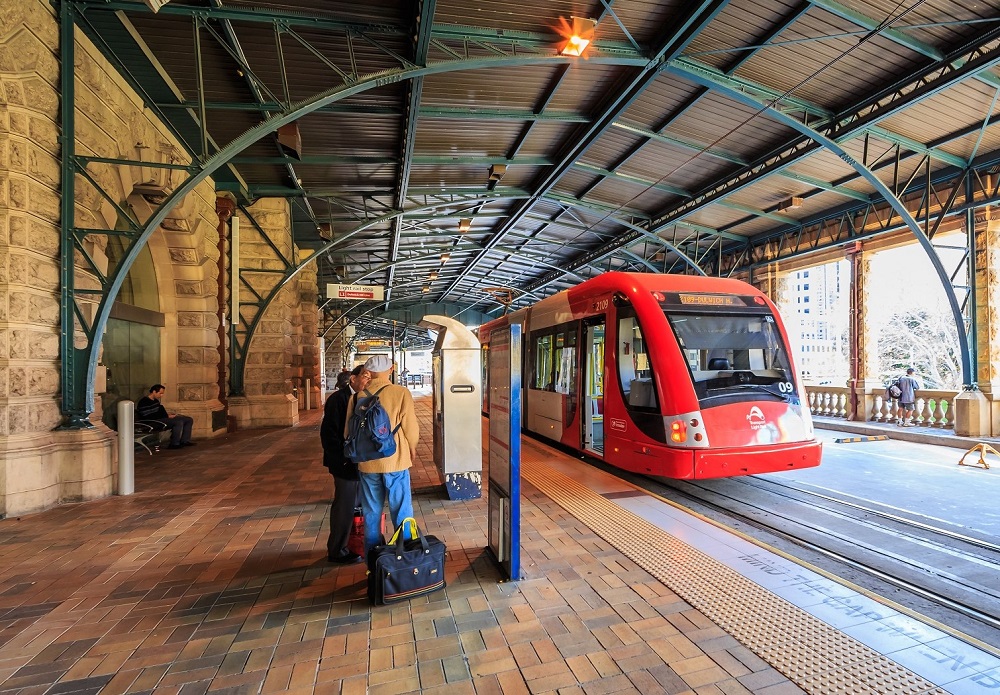Sydney Light Rail Stop Crowding Analysis
Challenge
To determine probable causes of the crowding issues on and around the Central Station Sydney Light Rail stop and develop recommendations to improve crowd flow and the utilisation of space on the platform.
Approach
Acmena performed a multi-faceted human factors analysis of station infrastructure and crowd behaviour to identify contributing factors and facilitated a workshop with key operational personnel to develop solutions in line with stakeholder requirements.
Outcome
Analysis has been completed to customer satisfaction with a list of twelve recommendations currently under consideration.
Acmena’s human factors team help Transdev alleviate crowding issues at the Sydney Central Station light rail stop.
Servicing the CBD and inner suburbs, the Sydney Light Rail network currently has three operational passenger lines – L1 Dulwich, L2 Randwick and L3 Kingsford. In the 2019-20 financial year, the network carried 12.4m passengers, with the number of customers projected to increase significantly in future years.
In 2019, Transport for New South Wales and network operators, Transdev, identified the need to improve customer flow around the Grand Concourse at Central Station and reduce crowding at the L1 light rail platform during peak and interpeak periods. Acmena was engaged to conduct a human factors (HF) study to analyse the problem and develop potential solutions to improve safety and the utilisation of space on the platform.
Developing a five-part approach
As part of a multi-faceted analysis, Acmena reviewed the architectural plans for the light rail stop and the Grand Concourse in addition to conducting an on-site audit of station infrastructure and signage.
Acmena also conducted passenger observations on multiple occasions at peak, interpeak, event and weekend periods to identify behaviours that may be contributing to the crowding problem. To supplement the findings of the infrastructure audit and passenger observations, Acmena facilitated a stakeholder workshop involving key operational and managerial personnel from Transport for New South Wales, Transdev and Sydney Trains. This was done to validate the highlighted problems and identify additional issues, while being a vital step in developing a range of practicable recommendations that accommodated the needs of the various stakeholders involved.
Delivering practical recommendations
Working in conjunction with Transdev, Acmena developed a list of twelve prioritised recommendations to better utilise the existing space, improve customer flow and reduce platform crowding. This included various strategies involving the reconfiguration of platform access routes, service frequency, staff deployment and the repositioning of station infrastructure and signage, which had to account for the building’s heritage listing requirements.
Although more preparation is required before Transdev can implement any of the recommendations, the rail operator welcomed Acmena’s report, stating it was ‘sufficiently comprehensive to provide the technical and Subject Matter Experts advice in such a way that the recommendations were tangible and could easily be turned into deliverables’.
“This type of approach adds huge value compared to reports that say a lot but don’t provide direction and/or outcomes,” said Transdev General Manager Safety and Assurance, Graham Kerr. “The consultant had a very flexible and open mind to absorbing the needs of multiple stakeholders in order to satisfy everyone’s expectations.”
Related Content:

Expertise
Human Factors
